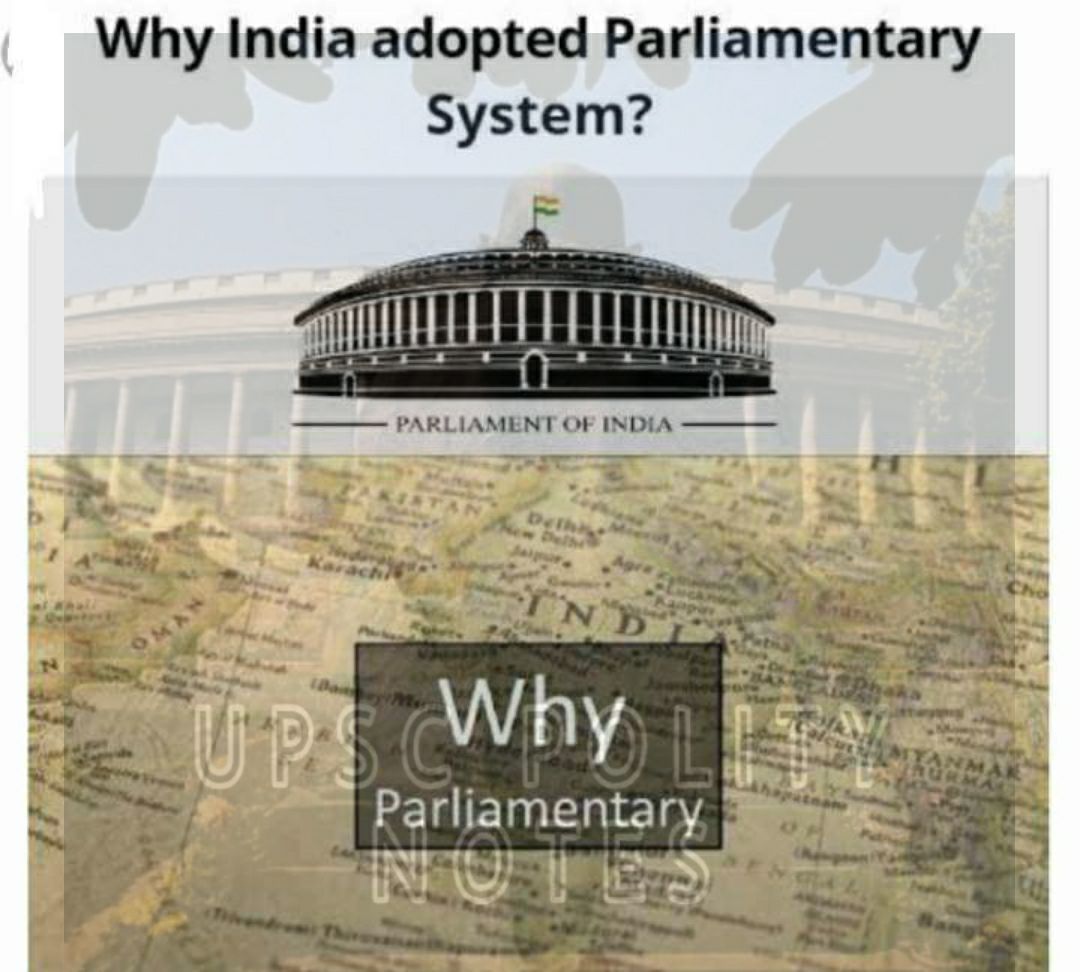
🔺️ SWARAN SINGH COMMITTEE.
#Fundamentalduties
1. In 1976, Congress Party set up the Sardar Swaran Singh Committee to make recommendations about fundamental duties, the need felt during the operation of the internal emergency (1975–1977).
#Fundamentalduties
1. In 1976, Congress Party set up the Sardar Swaran Singh Committee to make recommendations about fundamental duties, the need felt during the operation of the internal emergency (1975–1977).

2. The committee recommended the inclusion of a separate chapter on fundamental duties in the Constitution.
3. It stressed that the citizens should
become conscious that in addition to the enjoyment of rights, they also have certain duties to perform as well.
3. It stressed that the citizens should
become conscious that in addition to the enjoyment of rights, they also have certain duties to perform as well.
4. The Congress Government at Centre accepted these recommendations and
enacted the 42nd Constitutional Amendment Act in 1976.
5. This amendment added a new part, namely, Part IVA to the Constitution. This new part consists of only one Article, that is, Article 51A.
enacted the 42nd Constitutional Amendment Act in 1976.
5. This amendment added a new part, namely, Part IVA to the Constitution. This new part consists of only one Article, that is, Article 51A.
6. Though Swaran Singh Committee suggested eight Fundamental Duties in the Constitution, the 42nd Constitutional Amendment Act (1976) included ten Fundamental Duties.
▪︎SOURCE - M. Laxmikanth
#UPSC_Notes
▪︎SOURCE - M. Laxmikanth
#UPSC_Notes
• • •
Missing some Tweet in this thread? You can try to
force a refresh


















